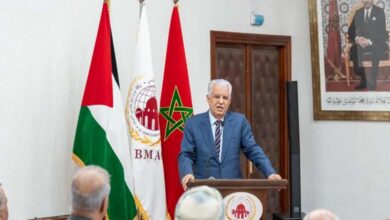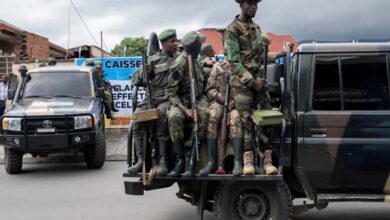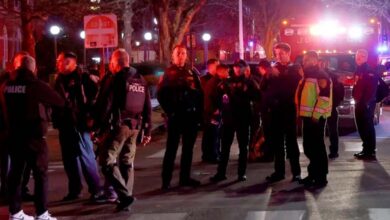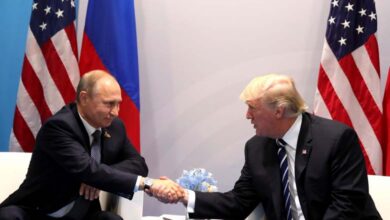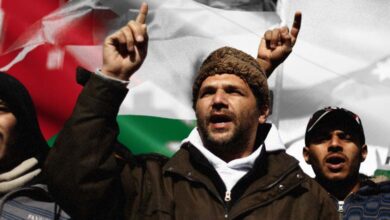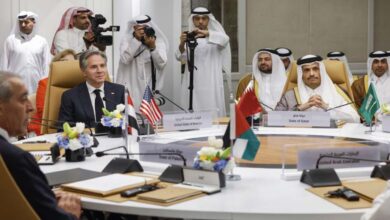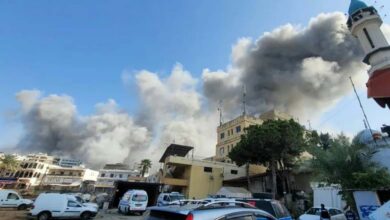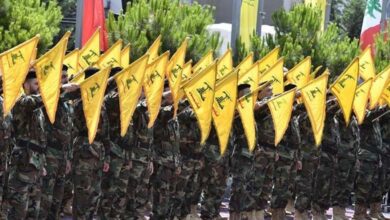A more advanced variant: the world’s most expensive bomber returns to the production line
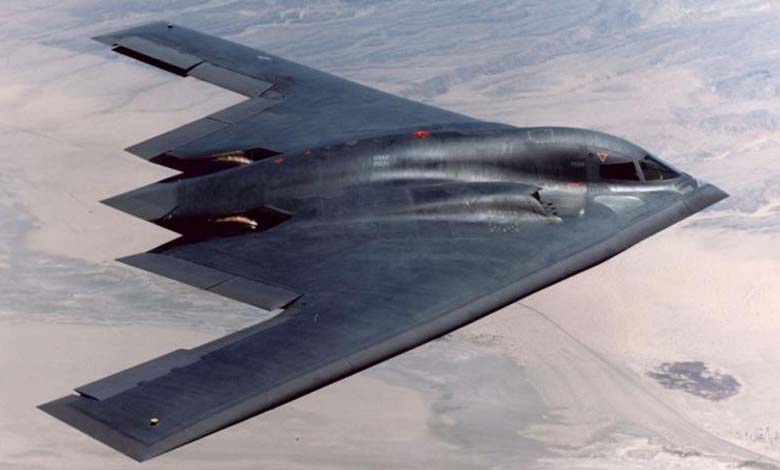
President Trump’s announcement that he had ordered an upgraded batch of the stealth bomber B-2 triggered broad controversy after his speech to the Israeli parliament. Referring to an operation carried out by these aircraft in June against Iranian nuclear sites, Trump said, “I didn’t know it could do what it did. Frankly, we ordered 28 more planes, a slightly advanced version — we ordered a whole set of them.”
-
B-2 Over Iran: Pilot Comfort Was Part of the Strike Plan
-
A more advanced variant: the world’s most expensive bomber returns to the production line
The B-2 Spirit, described by Military Watch as one of the most famous and enigmatic combat aircraft in modern military history, combines advanced stealth technology with a formidable capacity for long-range strategic strikes. It is also the most expensive: unit costs exceeded two billion dollars, and only twenty aircraft entered service between 1997 and 2000.
Although the B-2 has demonstrated remarkable combat effectiveness, its operational costs and the complexity of its maintenance proved far higher than anticipated, prompting the U.S. Department of Defense to abandon initial plans for a large fleet that would have numbered 132 aircraft.
-
B-52… an old bird indispensable to the U.S. military
-
Sharp Sword: China makes history with the first unmanned stealth fighter squadron
Doubts over restarting production
Despite Trump’s claim, defense experts regard the likelihood of restarting B-2 production as very low. Reopening production lines after more than a quarter-century of dormancy would entail expenses that are difficult to justify, especially to produce only 28 airframes. Moreover, the design — originating from the late Cold War era — is relatively dated in the face of rapid advances in radar systems and modern stealth techniques.
In addition, the U.S. Air Force is currently focused on the new B-21 Raider bomber program, which entered flight testing in November 2023 and is expected to begin serial production around 2030. For these reasons, analysts argue that reviving the B-2 lacks both economic and military rationale while Washington concentrates on the next generation of bombers.
-
T-7A… A Revolutionary Fighter That Transforms U.S. Pilot Training
-
Diego Garcia: U.S. Withdrawal from a Base Used to Deceive Iran
Unprecedented financial pressures
The USAF faces massive budgetary burdens today, funding several major programs simultaneously: the B-21 Raider, Sentinel intercontinental ballistic missiles, F-47 fighters, ongoing F-35 purchases, and the urgent need for a new tanker fleet. Given these huge commitments, financing a project to resurrect a 1990s-era bomber appears nearly impossible.
Ongoing upgrades and adaptations
Nonetheless, the B-2 retains a special status in the American arsenal. With the ability to carry nuclear and conventional weapons and to fly distances exceeding 11,000 kilometers without refueling, it remains an icon of strategic deterrence. Operational aircraft have received significant technical upgrades in recent years, notably the integration of long-range cruise missiles of the “Jasem” type, enabling strikes from stand-off distances outside hostile air defenses.
-
Spectacular Progress: How Did China Build Its Air Power on Its Own?
-
PAK DA… Russia’s Mysterious Bomber Challenges America’s Next Ghost
The bomber is also being prepared to carry the new B61-13 nuclear bomb and to deploy an updated version of the GBU-57 bunker-busting munition, which has recently been used in U.S. strikes against Iranian targets.
A unique engineering legacy
Even as attention shifts to the next generation, the B-2 is expected to remain in service until the mid-2030s and potentially longer if the B-21 program is delayed. The Spirit symbolizes American engineering prowess in the post-Cold War era, yet its
-
Submarines, Missiles, and Fighters: A Comparison of Strategic Weapons between China and the United States
-
Iran’s Nuclear Program Under the Midnight Hammer
staggering cost also serves as a reminder of the limits technology faces when confronted with fiscal realities.
Between legend and constraint, the B-2 — star of covert wars and the world’s most secretive weapon — remains a landmark in the history of military aviation, even if its return to production appears, for now, unrealistic.


